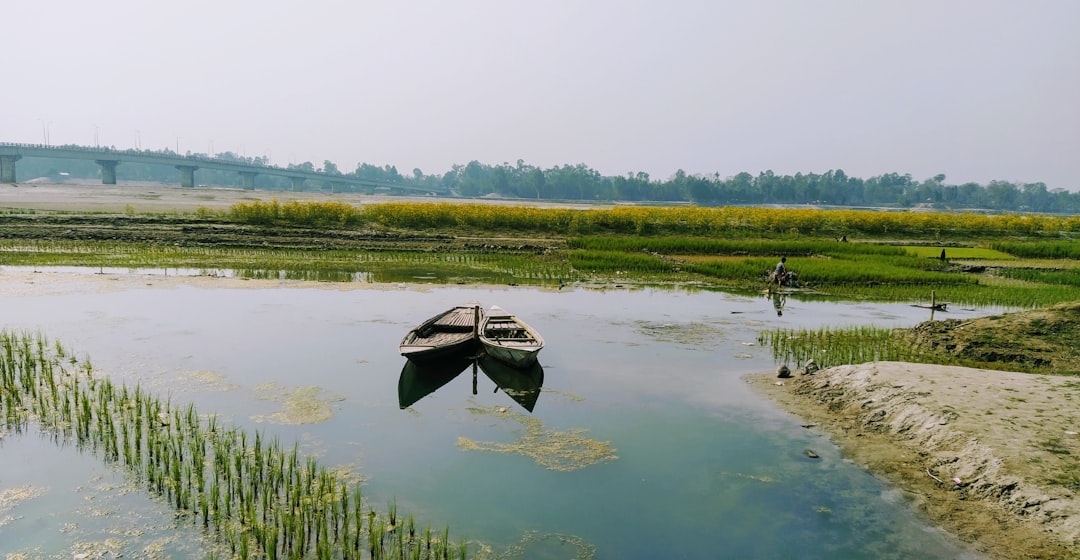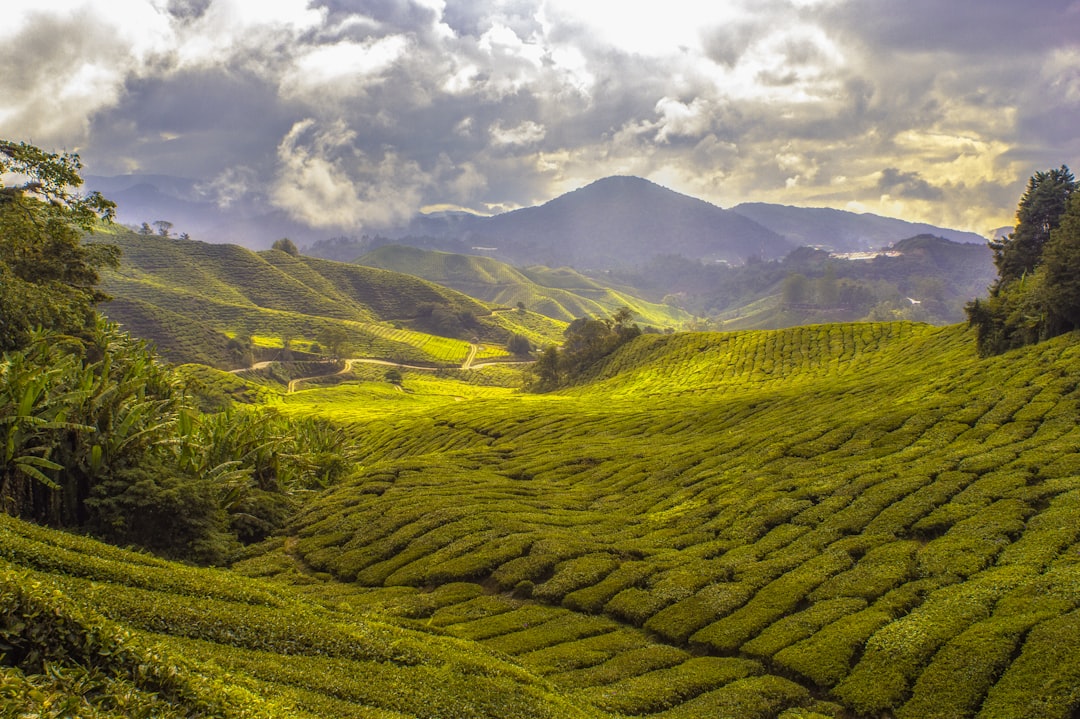What is it about?
This work shows how to improve the seed germination of an important tree species. These seeds usually are very hard to germinate but some techniques can enhance seed performance. This work tested several methods and shows what can be done to overcome germination problems. In addition, it shows where the problems to germination in this species are related to the anatomy and physiology of the seed.
Featured Image
Why is it important?
Schinus molle is a medical plant and a tree species used for urban forestation and potential use in the restoration of degrated areas. However, the seed germination of this species shows very low rates and the production of new plants becomes a hard task. This work shows that the poor seed performance is related to the fruit tissues (in in the mesocarp and endocarp) that remain attached to seeds. These tissues accumulate oils and other compounds that inhibit germination and reduce the imbibition speed. The work show how scarification can overcome this effect. In addition, the work discuss the physiological dormancy and how the storage period and light alleviate this trait. These are very common problems to tree seeds and the work may help colleagues to understand what happens to other species. It also can give insights about how to overcome these problems and show methods that can be applied. In addition, works containing physiological, technical and anatomical informations of tree seeds are very rare.
Read the Original
This page is a summary of: Seed germination of Schinus molle L. (Anacardiaceae) as related to its anatomy and dormancy alleviation, Seed Science Research, July 2016, Cambridge University Press,
DOI: 10.1017/s0960258516000167.
You can read the full text:
Contributors
The following have contributed to this page










